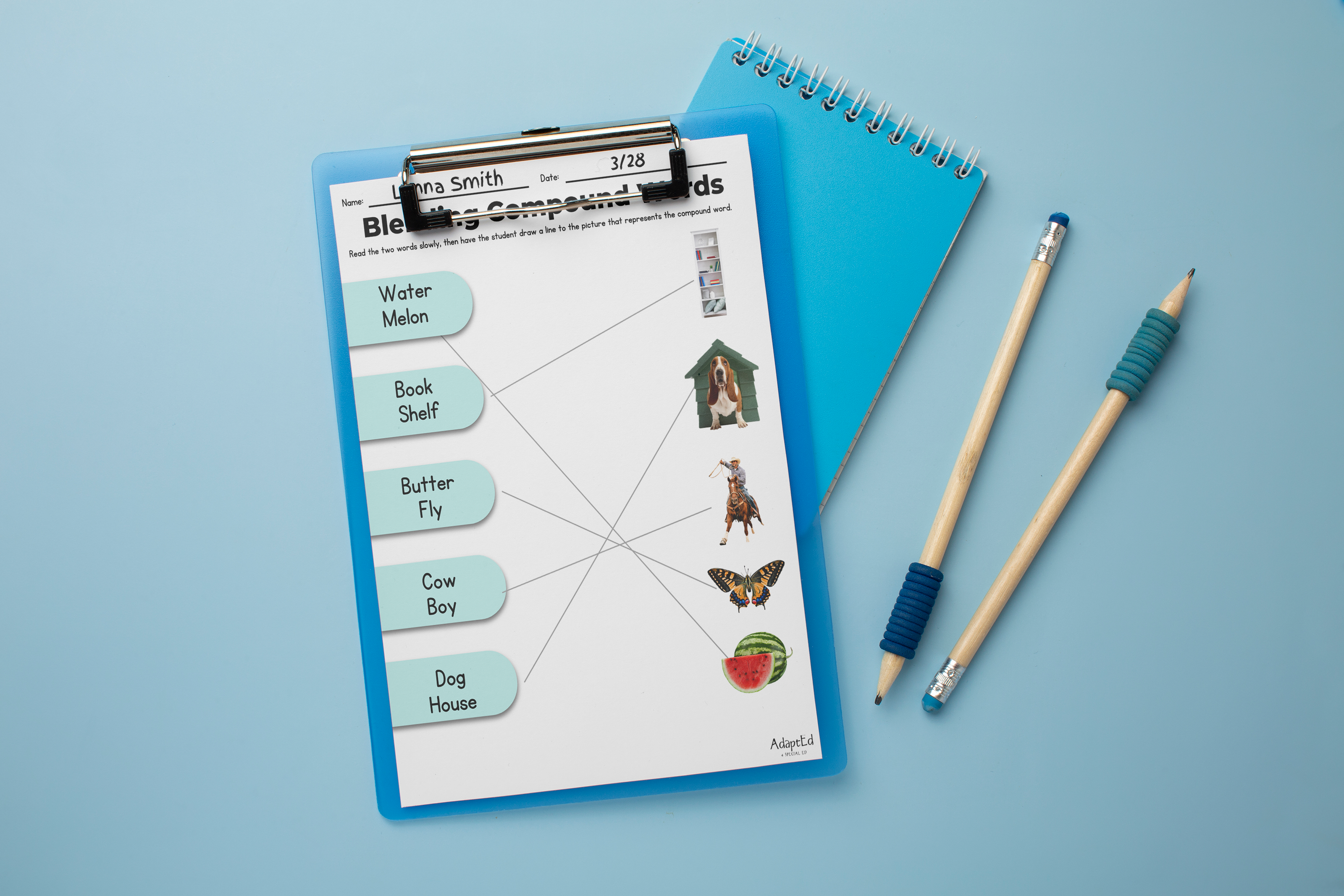For students in special education, learning can often be a challenging and complex process. However, by incorporating compound word activities into their curriculum, educators can help these students develop essential phonics and vocabulary skills in a fun and engaging way.
According to literacy expert Dr. Timothy Shanahan in his book "Teaching Phonics Today," "Compound words offer an opportunity for students to practice blending sounds together in a meaningful context" (Shanahan, 2016).
Moreover, teaching compound words can also help special education students develop their vocabulary knowledge. As explained by education researcher Dr. Susan Neuman in her article "The Role of Vocabulary Instruction in Early Literacy Development," "compound words provide opportunities for expanding vocabulary knowledge by building on familiar base words" (Neuman, 2009).
By learning about the meaning of each individual part of a compound word, special education students can better understand how new words are formed and expand their overall vocabulary.
It's important to note that when incorporating compound word instruction into special education curriculum, teachers should tailor lessons to meet each student's individual needs.
Educators may need to adapt their teaching methods based on each student's level of understanding and communication abilities.
Sources:
- Shanahan T. (2016). Teaching Phonics Today: A Primer for Educators. International Reading Association.
- Neuman S.B., & Dwyer J. (2009). The Role of Vocabulary Instruction in Early Literacy Development. Journal of Literacy Research, 41(3), 439–468



